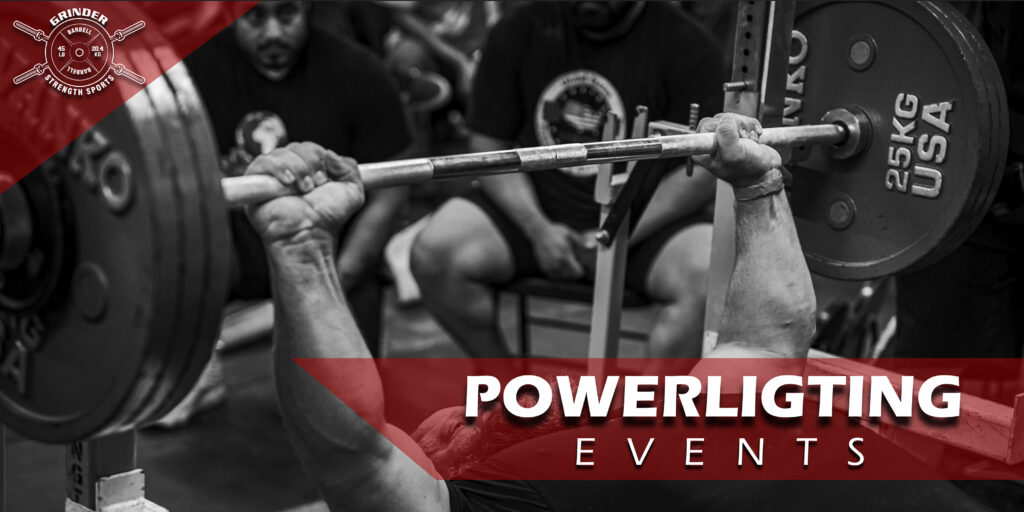Linear progression is a straightforward and highly effective method for new lifters to begin their strength training journey. This approach involves gradually increasing the weight lifted in a linear fashion, typically adding a small amount of weight each session or week. Linear progression allows beginners to adapt to increasing loads, build a solid strength foundation, and develop proper lifting technique.
Key Components of Linear Progression
Incremental Increases
- Consistent Weight Additions: Linear progression relies on adding a small, consistent amount of weight to each lift, usually every workout or week. This gradual increase helps the body adapt without causing excessive fatigue or risk of injury.
- Trackable Progress: The simplicity of linear progression makes it easy to track and measure progress. By consistently adding weight, lifters can see tangible improvements in their strength over time.
Simple Structure
- Beginner-Friendly: Linear progression is easy to follow, making it ideal for those new to powerlifting. The straightforward nature of the program helps lifters focus on mastering the basics without getting overwhelmed by complex programming.
- Focus on Major Lifts: The program prioritizes the main powerlifting movements—squats, bench presses, and deadlifts. These compound exercises engage multiple muscle groups and are crucial for building overall strength.
Adaptation and Recovery
- Gradual Adaptation: By progressively increasing the weight, the body adapts to the training stimulus in a controlled manner. This helps build muscle and strength while minimizing the risk of overtraining.
- Recovery Emphasis: Adequate recovery is built into the program. With manageable increases in weight, beginners can recover effectively between sessions, which is vital for long-term progress.
Benefits of Linear Progression
Rapid Strength Gains
- Initial Strength Boost: Beginners often experience rapid strength gains when starting a linear progression program. The consistent increases in weight provide a strong stimulus for growth, leading to quick improvements.
- Building a Solid Base: Linear progression helps build a strong foundation of strength and technique, setting the stage for more advanced training methods in the future.
Building Confidence
- Consistent Success: Regularly achieving new personal bests builds confidence and motivation. Seeing tangible progress keeps lifters engaged and committed to their training.
- Mastering Technique: Repeated practice of the main lifts with incremental weight increases helps lifters develop proper form and technique, which is crucial for preventing injuries and ensuring long-term success.
Foundation Building
- Strength and Conditioning: The program enhances both strength and conditioning by consistently challenging the body with progressively heavier weights.
- Preparation for Advanced Methods: A solid base built through linear progression prepares lifters for more complex training programs, such as non-linear progression or periodization models.
Example Linear Progression Program
Starting Weights and Increments
- Squat: Start with a weight you can lift for 5 reps with good form. Add 5 lbs each session.
- Bench Press: Start with a weight you can lift for 5 reps with good form. Add 2.5-5 lbs each session.
- Deadlift: Start with a weight you can lift for 5 reps with good form. Add 5-10 lbs each session.
Weekly Training Schedule
- Day 1 (Monday):
- Squat: 3 sets of 5 reps
- Bench Press: 3 sets of 5 reps
- Accessory Work: Optional light accessory exercises (e.g., rows, push-ups)
- Day 2 (Wednesday):
- Squat: 3 sets of 5 reps
- Deadlift: 1 set of 5 reps
- Accessory Work: Optional light accessory exercises (e.g., chin-ups, dips)
- Day 3 (Friday):
- Squat: 3 sets of 5 reps
- Bench Press: 3 sets of 5 reps
- Accessory Work: Optional light accessory exercises (e.g., lunges, planks)
Tips for Successful Linear Progression
- Warm-Up Properly: Ensure you perform a thorough warm-up before each session to prepare your muscles and joints for the heavier lifts. This can include dynamic stretches, light cardio, and gradually increasing the weight of your warm-up sets.
- Focus on Technique: Maintain proper form on all lifts to prevent injuries and ensure efficient movement patterns. Consider working with a coach or experienced lifter to refine your technique.
- Listen to Your Body: Pay attention to how your body feels. If you experience persistent soreness or fatigue, consider taking an extra rest day or reducing the weight increment for the next session.
- Stay Consistent: Adherence to the program is crucial. Consistency in training, nutrition, and recovery will yield the best results.
- Track Your Progress: Keep a training log to record the weights lifted, sets, and reps. This helps you monitor progress and make necessary adjustments.
Conclusion
Linear progression is an excellent starting point for new lifters embarking on their powerlifting journey. Its simplicity, effectiveness, and focus on building a strong foundation make it an ideal choice for beginners. By following a structured program with gradual weight increases, lifters can achieve rapid strength gains, build confidence, and prepare themselves for more advanced training methods in the future. Embrace the linear progression method to lay the groundwork for long-term success in powerlifting.




Comments are closed